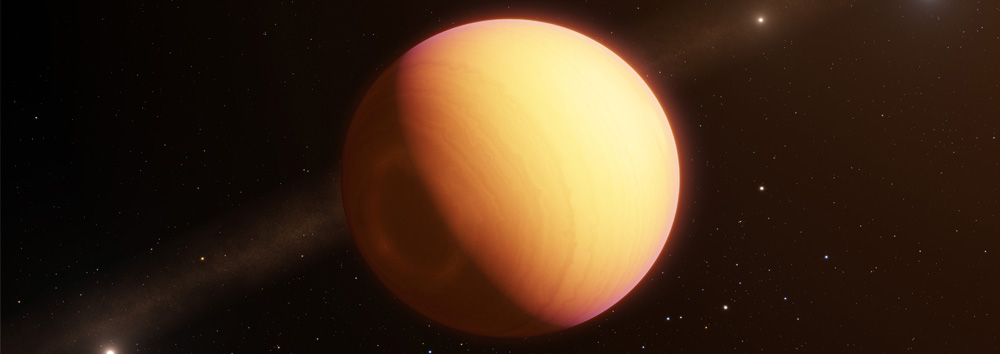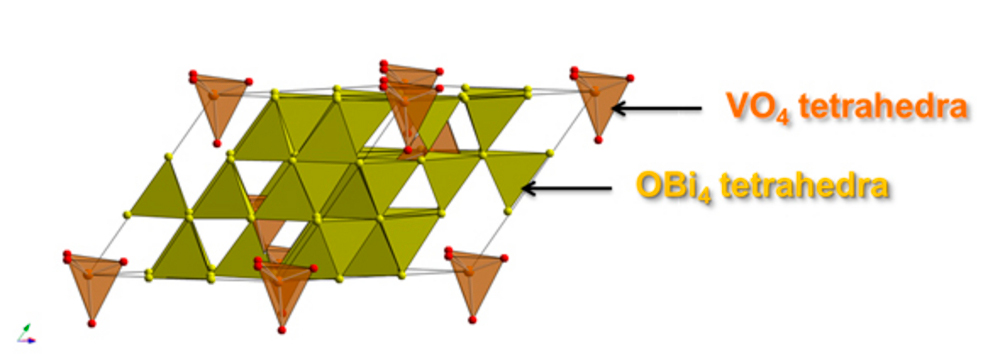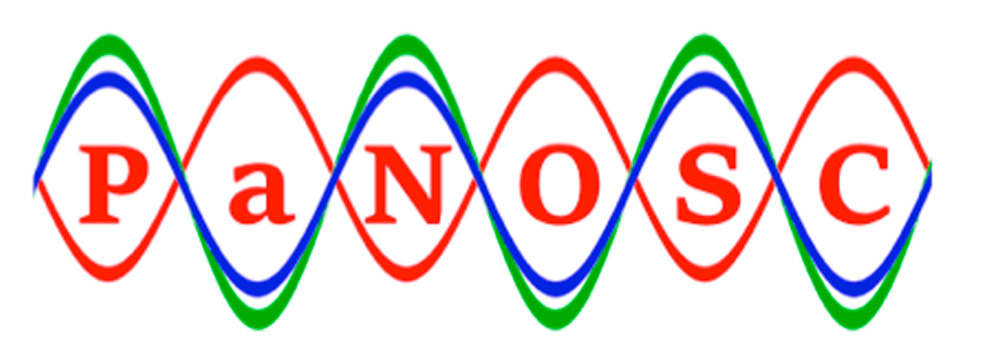© European Southern Observatory
The GRAVITY instrument on ESO’s Very Large Telescope Interferometer (VLTI) has made the first direct observation of an exoplanet using optical interferometry. This method revealed a complex exoplanetary atmosphere with clouds of iron and silicates swirling in a planet-wide storm. The technique presents unique possibilities for characterising many of the exoplanets known today.
This result was announced today in a letter in the journal Astronomy and Astrophysics by the GRAVITY Collaboration [1], in which they present observations of the exoplanet HR8799e using optical interferometry. The exoplanet was discovered in 2010 orbiting the young main-sequence star HR8799, which lies around 129 light-years from Earth in the constellation of Pegasus.
Today’s result, which reveals new characteristics of HR8799e, required an instrument with very high resolution and sensitivity. GRAVITY can use ESO’s VLT’s four unit telescopes to work together to mimic a single larger telescope using a technique known as interferometry [2]. This creates a super-telescope — the VLTI — that collects and precisely disentangles the light from HR8799e’s atmosphere and the light from its parent star [3].

About ESO
ESO, the European Southern Observatory, is the foremost intergovernmental astronomy organisation in Europe and the world’s most productive astronomical observatory. ESO provides state-of-the-art research facilities to astronomers and is supported by Austria, Belgium, the Czech Republic, Denmark, Finland, France, Germany, Italy, the Netherlands, Poland, Portugal, Spain, Sweden, Switzerland and the United Kingdom, along with the host state of Chile. Several other countries have expressed an interest in membership.
© European Southern Observatory The GRAVITY instrument on ESO’s Very Large Telescope Interferometer (VLTI) has made the first direct observation of an exoplanet using optical interferometry. This method revealed a complex exoplanetary atmosphere with clouds of iron and silicates swirling in a planet-wide storm. The technique presents unique possibilities for characterising many of the exoplanets […]



